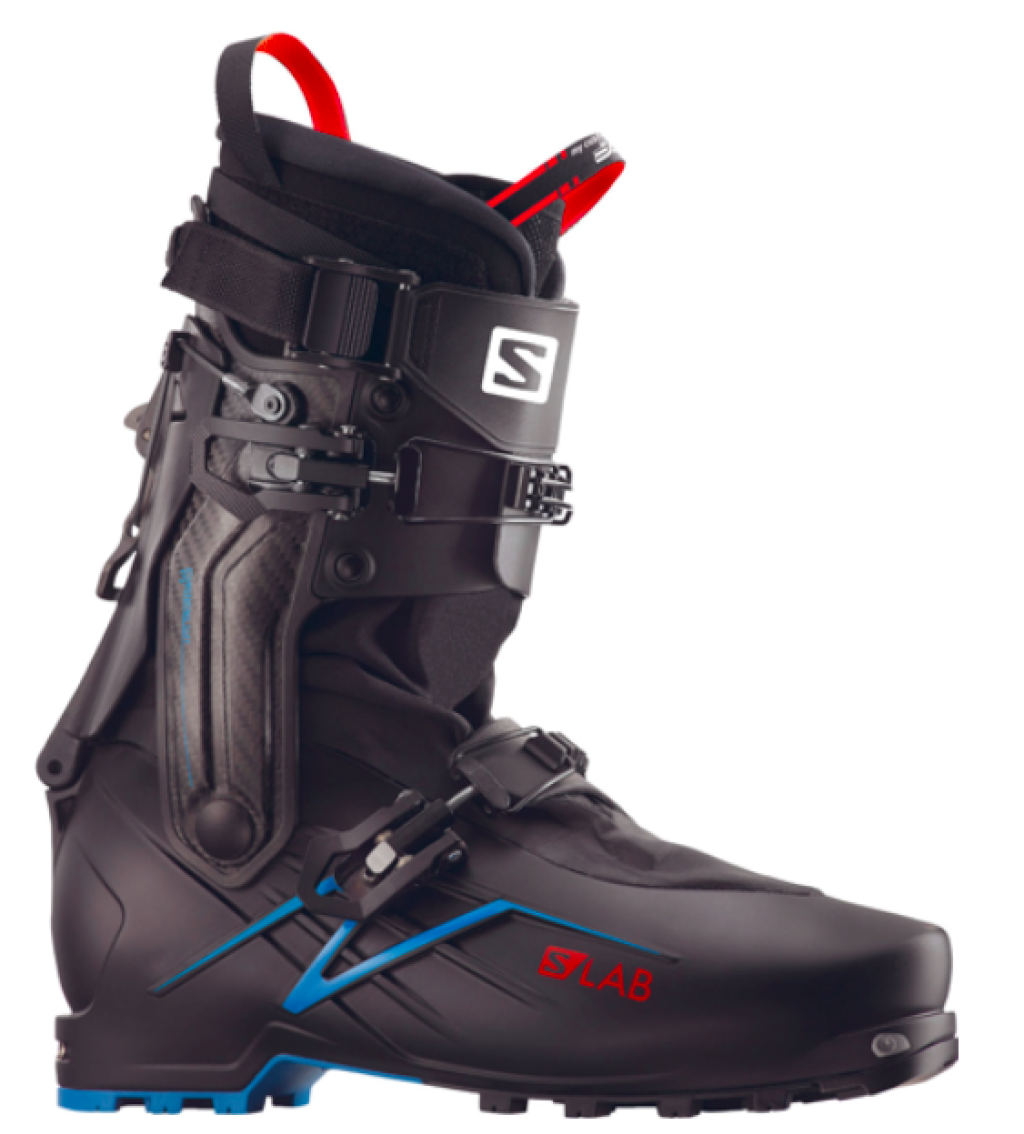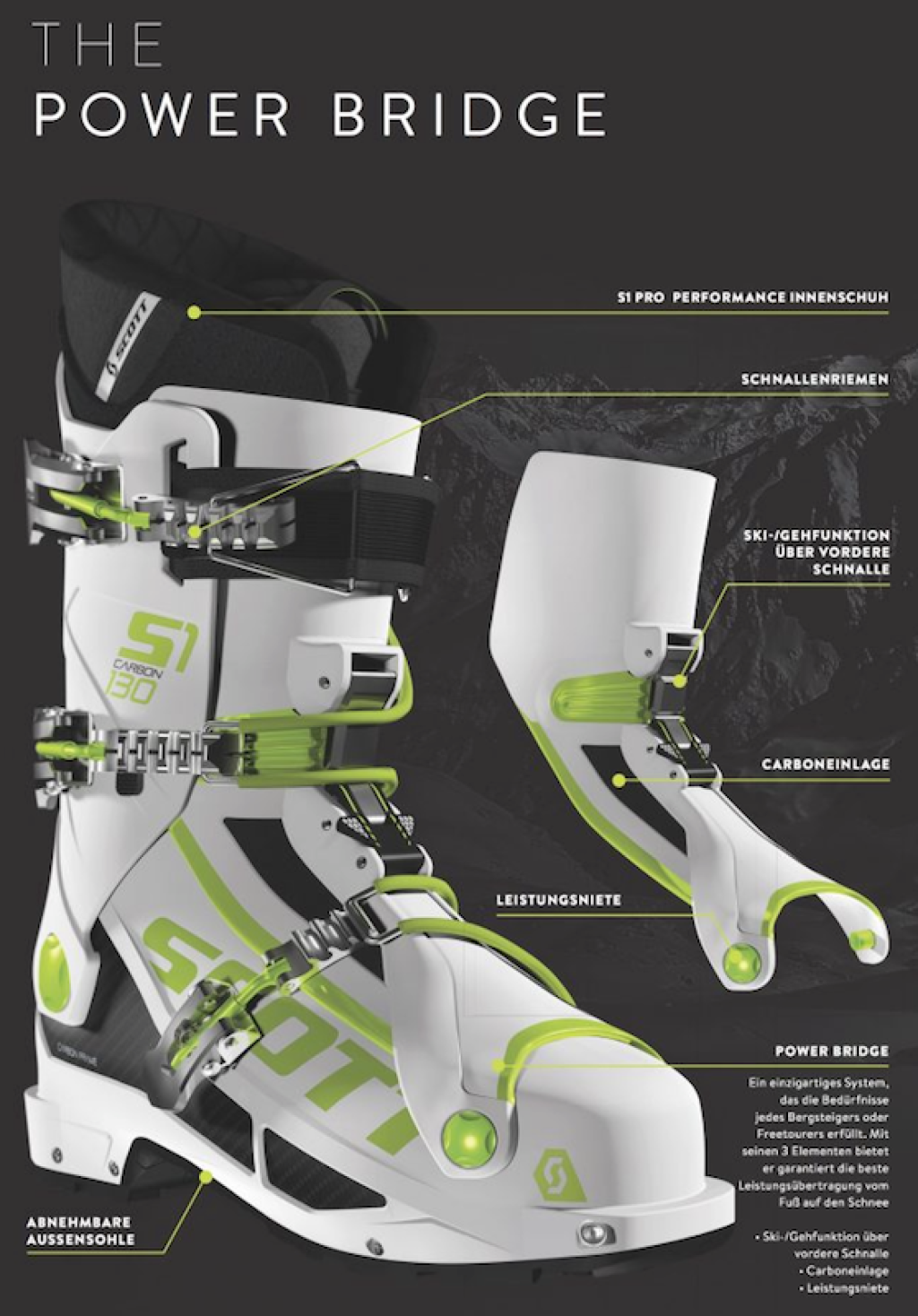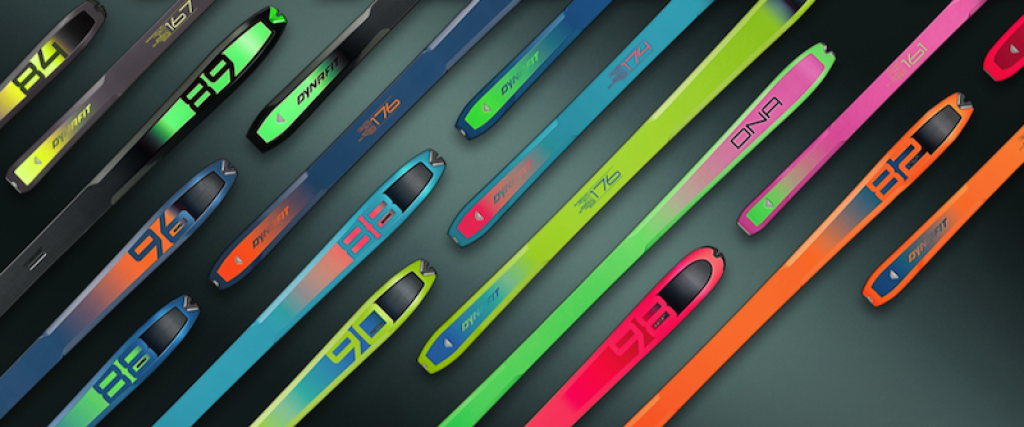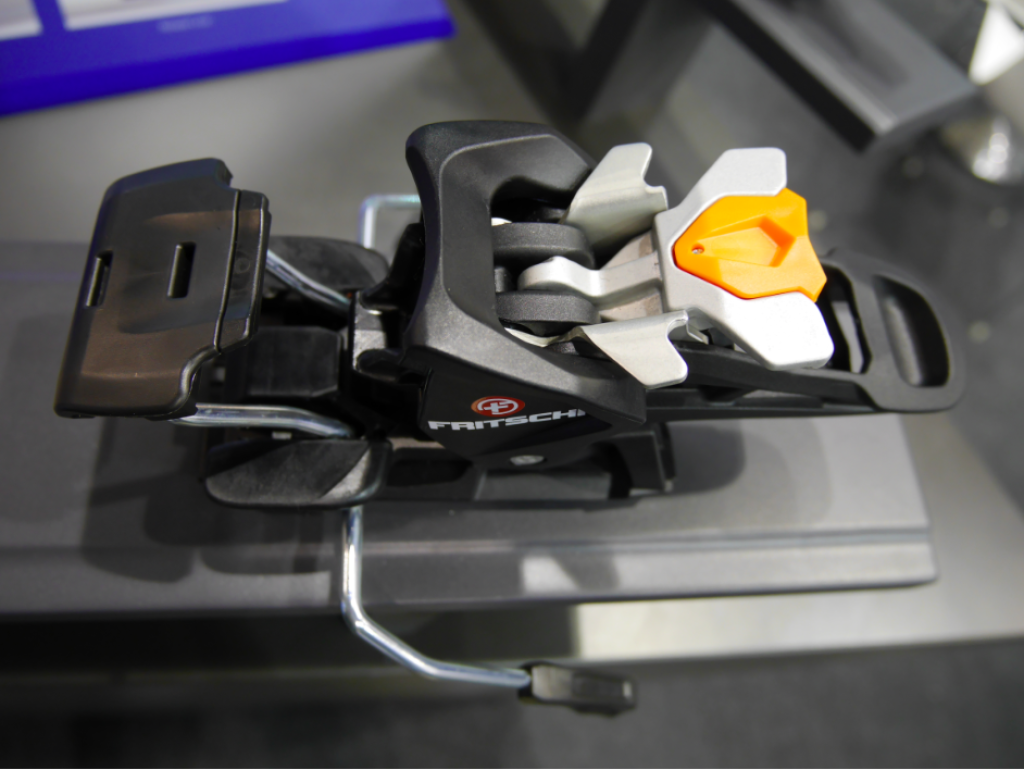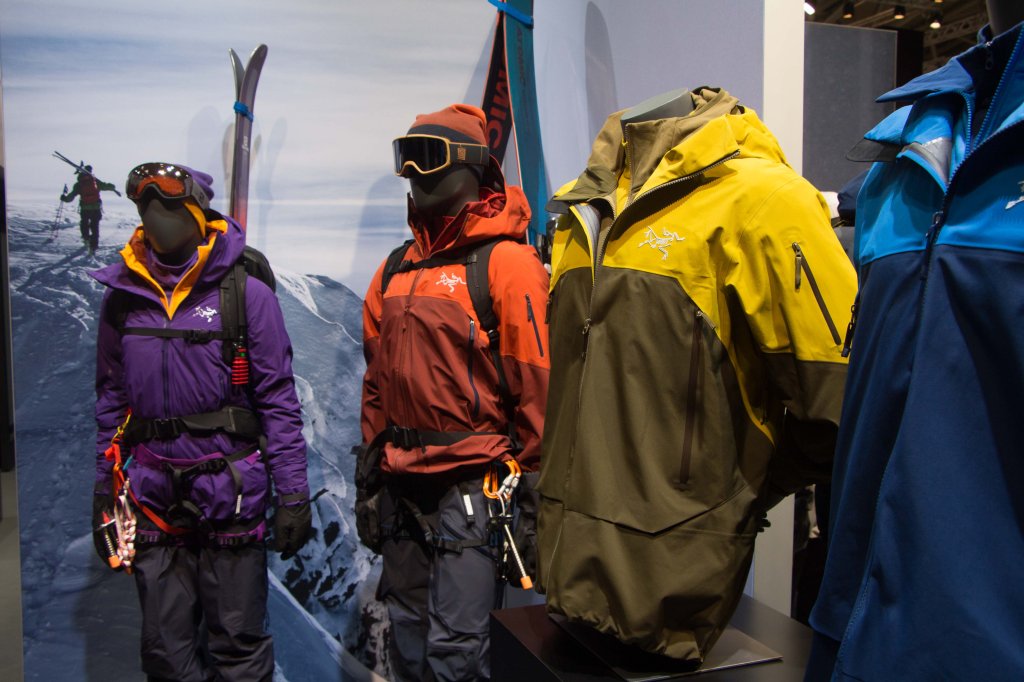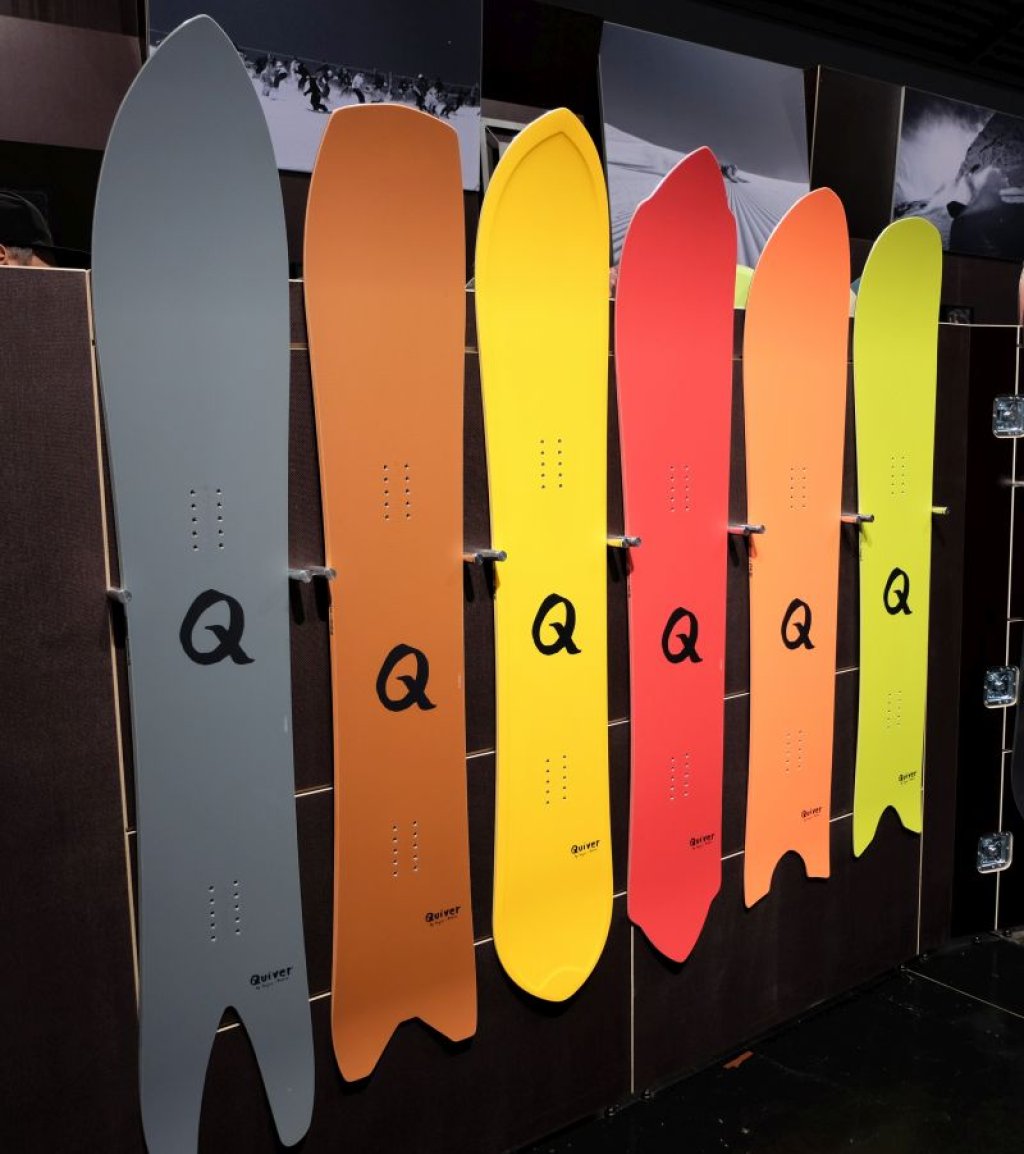Beast98 and 108 | Dynafit
Our partner Dynafit is launching a completely new ski line for next winter 2017/2018, the design of which is strongly reminiscent of the 1980s. The bright colors ensure that lost skis can be found more quickly in the powder! As is well known, Dynafit's core competence lies in ascent-oriented ski touring, which is why the majority of the 13 models cover the RACE, SPEED and TOUR ranges. We will concentrate here on the two models from the FREE category - Beast 98 and Beast 108.
A first for Dynafit: All models with rocker construction are equipped with the appropriate rocker length, depending on the ski length, in order to ensure consistent handling characteristics and optimum use of the effective edge length. Intensive work has been done on the stability of the skis and the damping behavior of the ski tip, which has resulted in it being manufactured with a 3D-TIP construction and should be able to adapt to a wide range of downhill conditions. The two skis in the Beast line are all equipped with full-length ABS sidewalls and an ash wood core. We can't wait to see how the colors perform in deep snow! We will also take a look at the skiing characteristics in the test!
Here you will soon find more information about the Beast skis from Dynafit...
Hyperia Lite Jacket | Icebreaker
The New Zealand experts for merino underwear and mid-layers have also been producing the outermost layer of outdoor sportswear for several years. With the MerinoLOFT technology, a natural wool fiber insulation, they have already successfully taken this direction last year, but the jackets can only show their advantages in good weather. The advantage of wool fiber insulation is better temperature regulation than with synthetically lined insulation jackets. As with merino shirts, the wool fiber insulation also works when wet. Now they combine this insulation layer with the water-repellent PERTEX MicroLight outer material and present the Hyperia Lite jacket. To protect the wearer against snow and rain, this is DWR-coated and thus offers a sensible outer shell for all weather conditions. The Hyperia Lite can withstand the wind anyway. Robustness and low weight offer enough potential to always have the Hyperia Lite jacket with you as your only jacket against cold and rain. Attention to detail has also been paid to the features and production. To name just a few aspects: Sleeve insulation, inner pocket with zipper, body-hugging fit thanks to quilted side inserts, offset shoulder seams to prevent backpack pressure points. We hope to be able to experience a few adventures with the Hyperia Lite jacket as soon as possible. Of course, we will then report back in a test report.
Here you will soon find more information about the Hyperia Lite jacket from Icebreaker...
